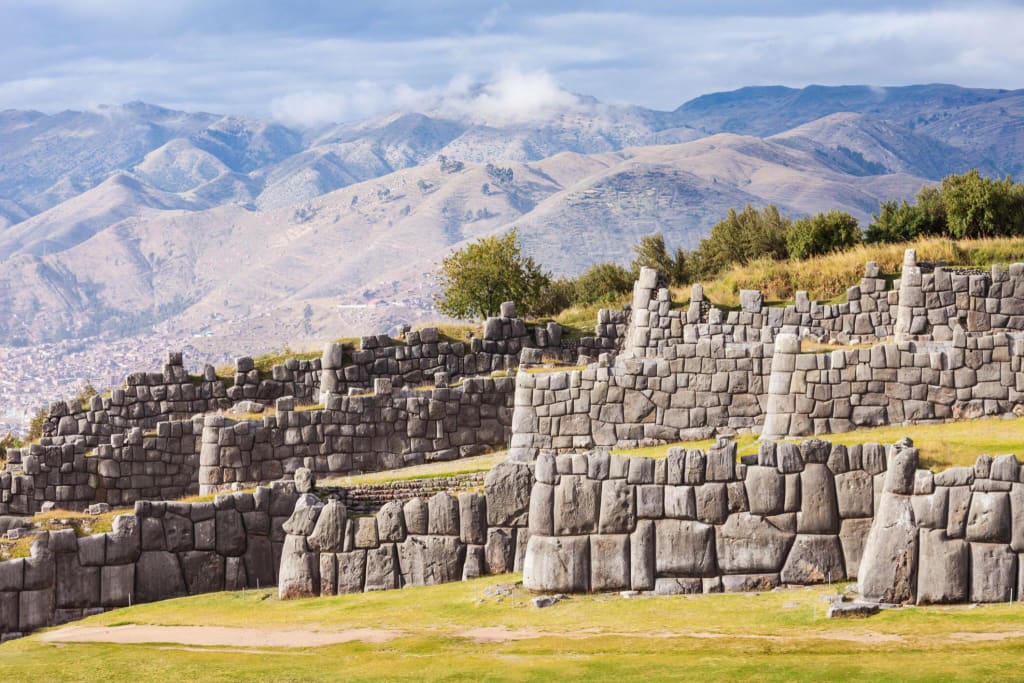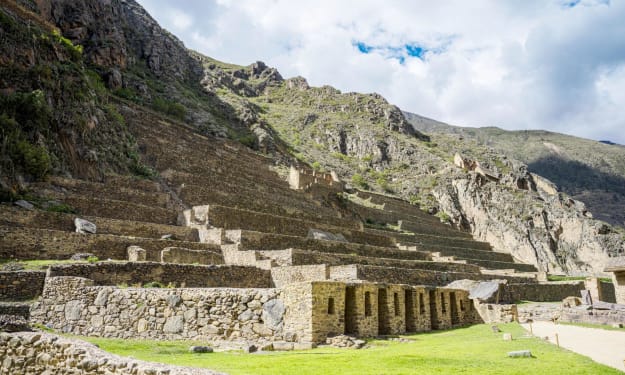Beyond Time
Exploring the Mysteries of Ancient Technology and Innovation

Our ancestors are often unfairly regarded as less intelligent than modern humans because they didn't pioneer innovations like smartphones or the internet. However, this perception overlooks the remarkable ingenuity of ancient civilizations. In reality, our ancestors were far more intelligent than commonly believed, evidenced by the enduring mysteries surrounding their creations. From awe-inspiring structures that seem beyond human capability to a computer dating back to a time before the birth of Jesus Christ, these ancient technologies continue to perplex scientists, challenging our understanding of the past and the capabilities of those who came before us.
One of the most iconic examples of ancient technology is the Antikythera Mechanism, a remarkable device dating back over 2000 years to the second century BCE. Widely regarded as the world's first computer, this ancient Greek marvel was discovered amidst the wreckage of a ship off the coast of Antikythera in 1901. Comprising over 80 fragments meticulously pieced together, the mechanism features 37 gears and two dial systems designed to predict celestial events with remarkable accuracy. From forecasting the movements of planets to calculating the dates of Olympic games, its purpose showcased a level of sophistication unparalleled in its time. Operating on analog principles, the Antikythera Mechanism utilized variations in physical elements to solve complex astronomical calculations, including the prediction of lunar and solar eclipses decades in advance. Despite centuries of study, scientists continue to grapple with the sheer skill and precision required to conceive and construct such a device without the aid of modern technology, underscoring humanity's enduring quest for knowledge and innovation.
Similarly, the Lycurgus Cup, a fourth-century marvel crafted by the ingenious Romans, remains an enigma that continues to baffle modern scientists. This stunning glass artifact, known as the Chameleon Cup, possesses the remarkable ability to change colors depending on the direction of light. By incorporating gold and silver nanoparticles into the glass matrix, the Romans achieved a level of sophistication previously unseen in their time. These nanoparticles interact with light at a molecular level, causing the cup to exhibit captivating color-changing properties. Despite extensive research, the precise techniques employed by the Romans to manipulate these nanoparticles remain shrouded in mystery, serving as a testament to their unparalleled craftsmanship and ingenuity.
Beyond astronomical instruments and glassware, ancient civilizations also pioneered groundbreaking technologies with far-reaching implications. Disguised as mere relics of antiquity, seemingly mundane ceramic vessels dating back to the Roman Empire in Baghdad, Iraq, contain within them the potential to revolutionize the world. Discovered in 1936, these artifacts function as primitive batteries when a copper tube and iron rod are submerged in a liquid, likely wine or vinegar. Despite skepticism initially, a pivotal experiment in 1978 validated their functionality, confirming their ability to generate electricity. The implications of such a discovery are profound, suggesting potential applications ranging from electroplating to electrotherapy, highlighting the enduring legacy of ancient energy sources and their significance in shaping human history.
Moreover, the sheer magnitude of architectural achievements such as Sacsayhuaman, the formidable Peruvian citadel constructed in the 15th century by the ancient Incans, showcases the ingenuity and perseverance of ancient civilizations. Perched upon a mountain that stands at over 12,000 feet, this colossal structure stretches over 1,300 feet long and stands an impressive 20 feet tall. Despite lacking mortar, the stones fit together with such precision that not even the thinnest paper or the tip of a pin can penetrate the gaps between them. The durability of Sacsayhuaman is further evidenced by its resilience against earthquakes, underscoring the remarkable craftsmanship of its builders and leaving modern observers in awe of their remarkable achievements.
The iron pillar in Delhi, India, erected in the fifth century to honor the Hindu deity Vishnu, stands as a testament to ancient metallurgical mastery. Defying the natural process of rusting, the pillar remains remarkably free from corrosion despite enduring over 1,600 years of exposure to the elements. Scientists attribute this phenomenon to the presence of a protective layer of misawite, a compound mixture of iron, oxygen, and hydrogen, highlighting the enduring legacy of ancient ingenuity and its significance in shaping human history.
Ancient civilizations have achieved remarkable technological feats that continue to inspire awe in modern times. From the construction of monumental structures to the development of innovative materials, their ingenuity transcends time, leaving us marveling at their accomplishments and seeking to unravel the secrets of their advancements.
About the Creator
David K
From the tender moments of childhood bedtime tales to the intricacies of epic sagas, storytelling has been my lifelong passion. Join me on this journey as we explore the boundless realms of storytelling together.
Enjoyed the story? Support the Creator.
Subscribe for free to receive all their stories in your feed. You could also pledge your support or give them a one-off tip, letting them know you appreciate their work.






Comments (1)
well-crafted and offers valuable information.